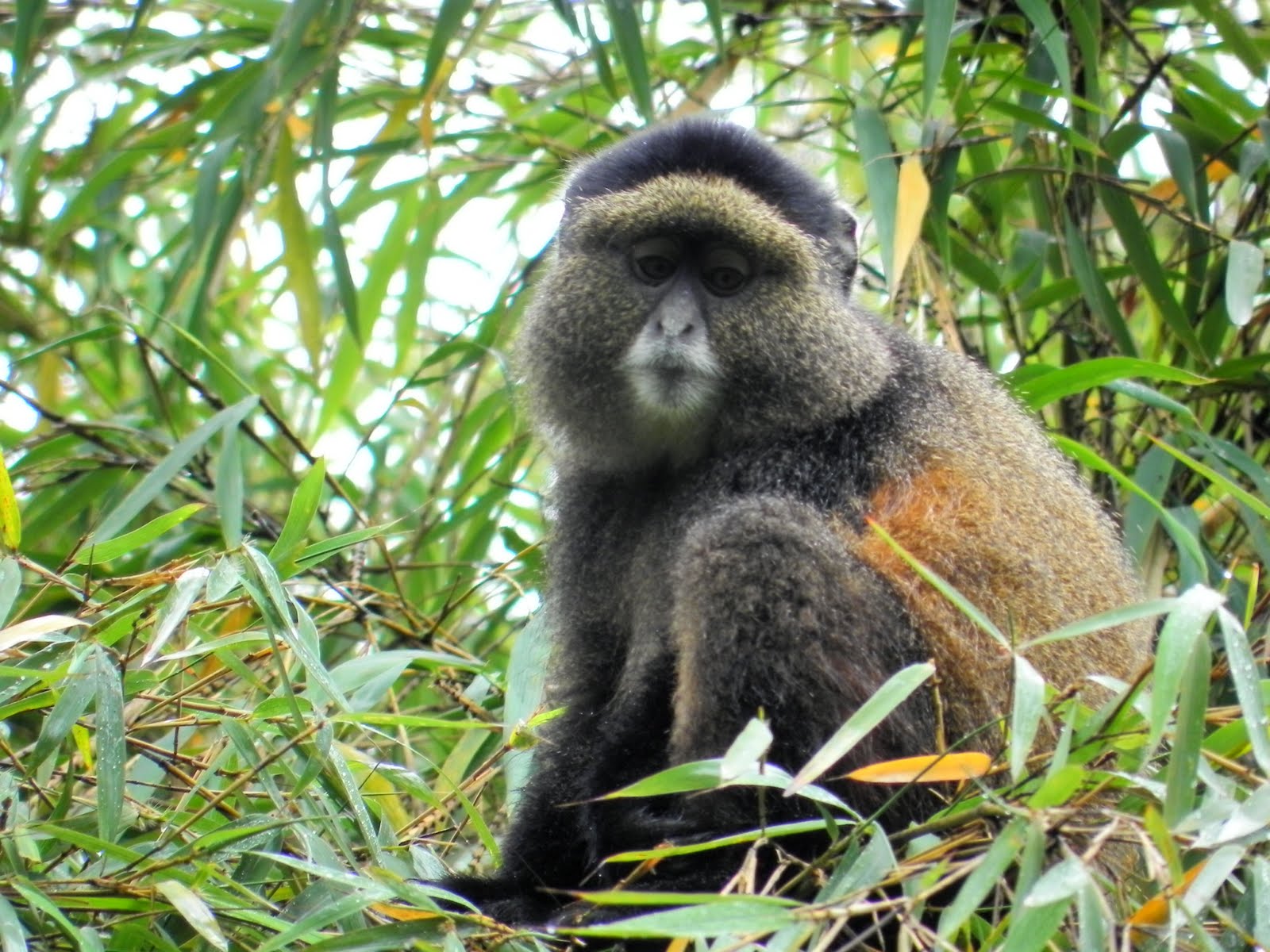Events
FEATURED: Tracking Rwanda’s progress towards biodiversity conservation targets

A golden monkey at Gishwati-Mukura forest national Park. Due to its biodiversity haven, the park is expected to attract more tourists.

